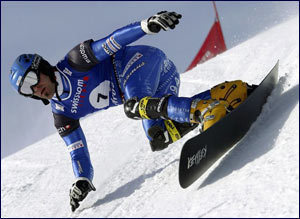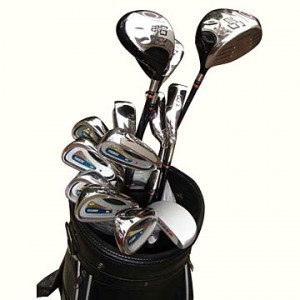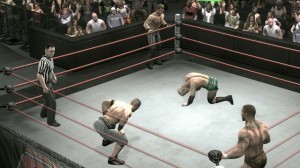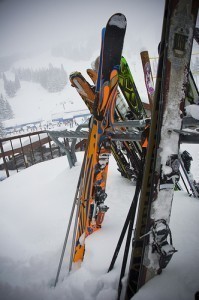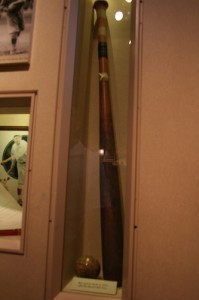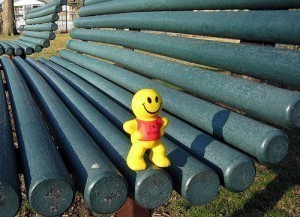Full Size Snooker Table
The cue sport Snooker was first developed by British Army officers stationed in Jabalpur, India during the late 19th century. It is an offshoot of the games Life Pool and Pyramid Pool, which were in turn multi-player variations of the original 2-player incarnation of English Billiards. The term “snooker” was slang for a cadet in the British Armed Forces, and the name stuck when the sport’s inventor, Colonel Sir Neville Francis Fitzgerald Chamberlain, referred to a player who had missed a shot as “a real snooker.”
Bigger than other billiard tables (which are usually no more than 9’), the full size of a tournament snooker table is 11’8.5” x 5’10” (3669 mm x 1778 mm) or 12’ x 6’ (3.7 x 1.8 m). Smaller snooker tables are also used on occasion, that measure 9’5” x 5’10” (2895.6 x 1554.48 mm) or 10’ x 5’. There is a height of 2’9.5” and 2’10.5” between the floor and the top of the cushions. Typically made from vulcanized rubber, the cushions are also known as the rails, although the term could more correctly be applied to the wooden sections onto which they are attached.
There are 6 pockets on a snooker table; one in each of its 4 corners and 2 more facing each other from opposite ends at the center of the table’s longer sides. These pockets usually measure about 3.5” (70 mm), although somewhat smaller-sized pockets are used in some tournaments in order to increase the level of difficulty in the game. Unlike the pockets of a billiard table, those of the snooker table are round in shape, as opposed to the sharper corners of the pool table pocket. This difference in shape has an effect on the precision necessary for a shot to get into a pocket, as well as for rail shots made from opposite ends of the table.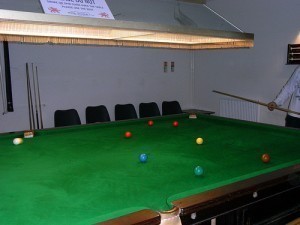
A snooker table’s playing surface, also called the bed, should have a slate base covered by worsted wool or green baize. The breadth of the cloth used for covering affects how fast, accurate and responsive the table is to spin. Cloths that are thicker are more resistant to wear and tear, but tend to be slower and not very responsive. The raised, fuzzy surface of the cloth, or its nap, can have an effect on how the balls run, particularly with slower shots. Customarily, the nap on a snooker table runs from the baulk area and off to the top end, to which direction it is brushed and ironed.
A line is drawn on the baulk area at 29” (740 mm) from the cushion on the bottom rail, also called the baulk cushion. At the center of the line is a semi-circle in the shape of a D, with a radius measuring 11.5” (290 mm), wherein the cue ball should be placed when making a break, or if the ball either sinks into a pocket or is shot off the snooker table. Along the table’s lengthwise center, or its long string, the positions of 4 of the color balls are marked vertical to the baulk line. These positions are as follows: the black spot, or merely the spot, which is 12.75” (324 mm) from the top rail or cushion; the blue spot, or the center spot, situated at the intermediate point between the top and the bottom cushions; the pink spot, or the pyramid spot, which is found halfway between the top cushion and the center spot; and finally, the brown spot, which is at the baulk line’s midpoint. The precise positioning of the markings differs with smaller snooker tables.
